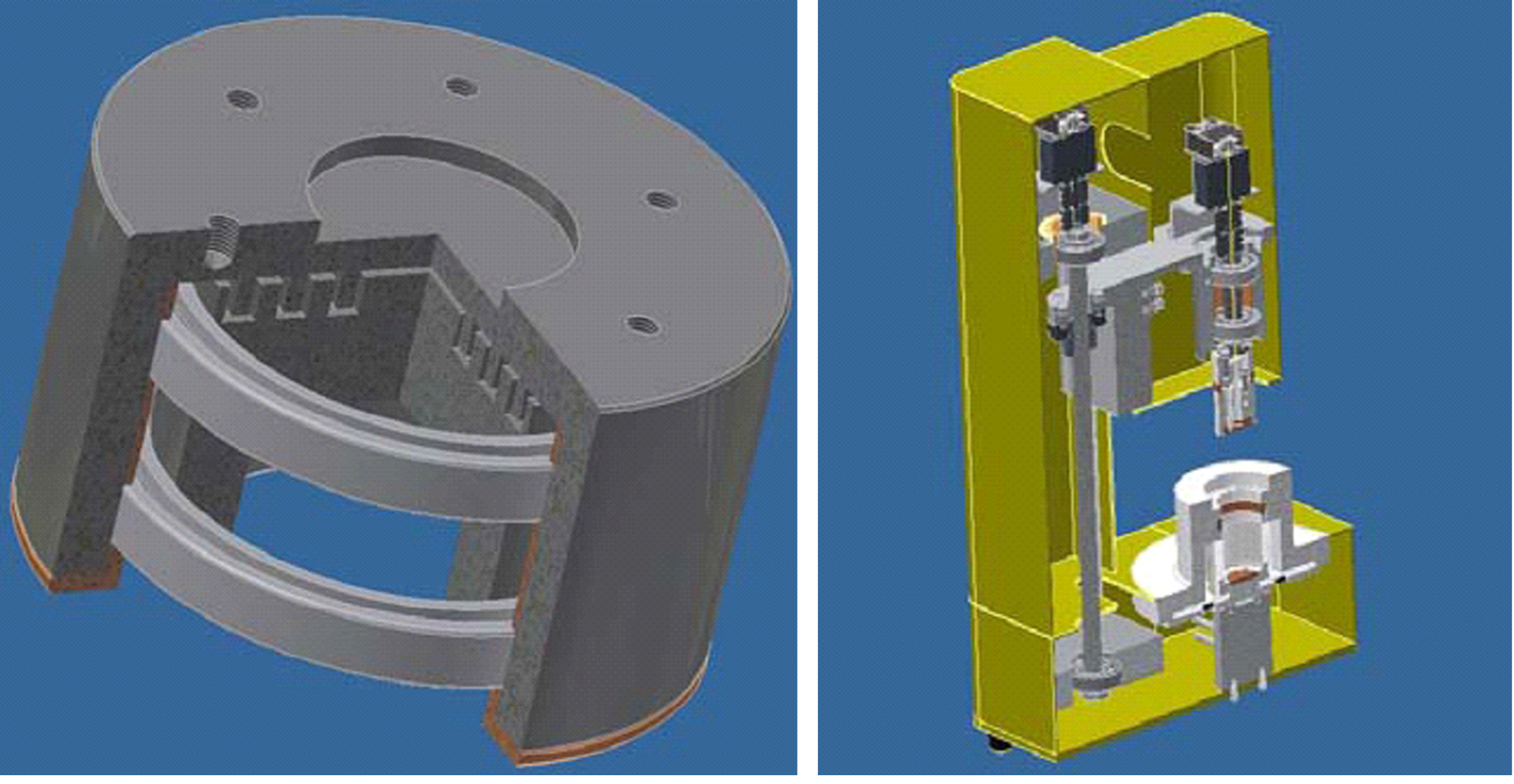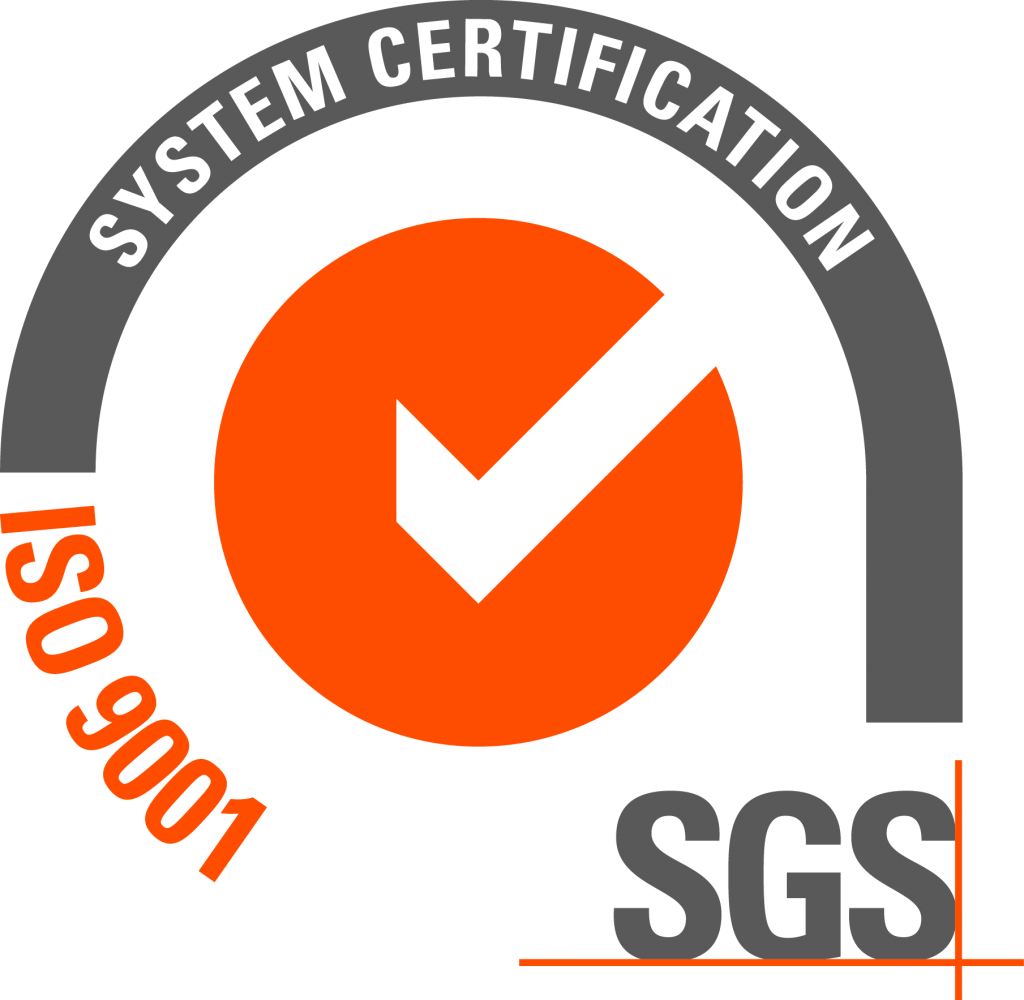
Adhere
Adhere: Advanced Development Held by Electro-Rheological Effect
(December 2010 / February 2016)
- Programme: PNRM (National Plan for Military Research)
- Coordinator: Signo Motus
-
Sub-contractor:
- DCIIM-UNIME (Department of Industrial Chemistry and Materials Engineering - University of Messina);
- IPCF-CNR Messina (Istituto per I Processi Chimico Fisici - National Research Council);
- ITAE-CNR Messina (Istituto di Tecnologie Avanzate per l'Energia "Nicola Giordano" - National Research Council);
Abstract
The ADHERE Project proposes the analysis and synthesis of ElectroRheological Fluids (ERFs) with chemical-physical and electro-mechanical characteristics suited to design, implement and test a prototype of innovative electromechanical joint for vehicular applications. The use of ERFs based electromechanical joints opens scenarios of high value. In particular the ad-hoc synthesis of such materials will allow, for example, the implementation of “smart” devices that can adapt their behaviour to the conditions required to use (roughness or variation in land type, optimization of the performance in terms of reducing vibrations for the transport of materials, etc.). The application of ERFs can also results in reducing the number and complexity of the mechanical components, ensuring greater resistance to wear and a high degree of reliability (also obtainable thanks to decrease the interaction between the components). Furthermore, the response times and the high potential in controlling the behaviour of these materials (and also the related devices) will allow to get performance unattainable with traditional mechanical systems. Signo Motus is involved both as project coordinator and as technical partner for the development of the ERF rheometer and the ERF based electromechanical joints prototype.
The main ADHERE Project objectives are:
-
PHASE I: To study and synthesize ERFs with chemical and physical characteristics suitable for the implementation of an innovative electro-mechanical semi-active device;

-
PHASE II: To implement a measurement system for the electro-mechanical characterization of the ERFs concerned;

-
PHASE III: To design, implement and test a prototype of innovative ERF-based rototranslational electro-mechanical semi-active device for vehicular applications
(like joints, couplings, clutches, brakes).



